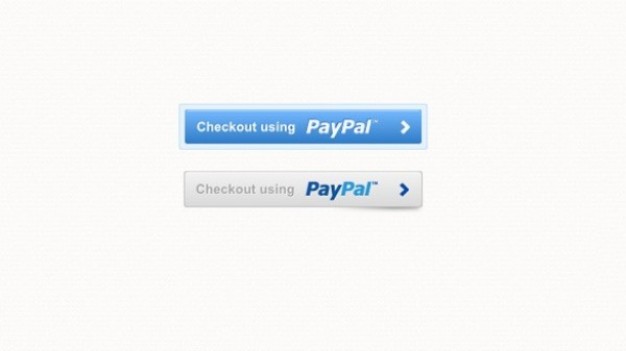Today’s website doesn’t have to be just a pretty face. Your website can take on plenty of jobs, from answering questions you’d otherwise have to deal with by phone to setting appointments, providing intake forms, and managing your clients and customers. Your website is also a great place to sell goods and accept payments — but that’s a little more complicated.
If you take credit card numbers or electronic checks at your website, you have to have a secure portal. This can easily quadruple your hosting costs, and it adds an extra layer of complication. You also have to have merchant accounts and other arrangements that allow you to accept credit cards. Most companies accept credit cards and already have this set up, but it can be a bother for a nonprofit that just wants to take donations, or an individual who hasn’t yet taken that step. Gideon‘s rock band is about to release their first album, but they haven’t gotten around to setting up a merchant account.
PayPal offers an alternative. You just connect your PayPal account to your website with a handy button or plugin, and your customers can safely make payments with their PayPal accounts or with a credit card, without having to sign up for an account.
The benefits are clear:
- It’s the easiest way for you to accept payments. Hands down. You can get the code for the button at your Pay Pal account and have your webmaster tuck it into a page on your site, and you’re ready. Your designer can also style the button to suit your website.
- It’s one of the easiest ways for consumers to pay. Those who have a PayPal account can click one button — no filling out forms, no looking around for a credit card, no typing in numbers.
- It’s extremely safe. Credit cards in general are quite safe these days, but PayPal does nothing but conduct transactions, so they’re one of the safest ways to send or receive payments. Consumers can also choose to make payments directly from their bank accounts with PayPal, without sharing debit or credit card info.
Are there any drawbacks?
We’ve found some.
First, companies with an older client base report that their customers are confused by PayPal. We’ve never been able to figure out why they find PayPal confusing, but we’ve had this report often enough that we believe it.
A reassuring instructional note at your website, with a phone number clients can call to walk them through the process, can help.
We’ve also heard that some people, and again this is usually with an older customer base, are nervous about using PayPal.
One reason for this might be the number of phishing scams being used to get access to PayPal accounts. Here’s one we received recently:
We know right away that this is not real. PayPal knows our name, they don’t send out emails with typos, they don’t tell people to do things FROM HERE, they don’t ask us to re-enter all our information, the email purported to come from “no-replay@paypal.com,” and this came to an email address which is not associated with our PayPal account. But this is not our first rodeo. We bet there are people who have blithely followed these instructions.
As you might imagine, PayPal is a very desirable target for scams like these.
Here’s what PayPal says:
Paypal Will Never:
- Send an email to: “Undisclosed Recipients” or more than one email address
- Ask you to download a form or file to resolve an issue
- Ask in an email to verify an account using Personal Information such as Name, Date of Birth, Driver’s License, or Address
- Ask in an email to verify an account using Bank Account Information such as Bank Name, Routing Number, or Bank Account PIN Number
- Ask in an email to verify an account using Credit Card Information such as Credit Card Number or Type, Expiration Date, ATM PIN Number, or CVV2 Security Code
- Ask for your full credit card number without displaying the type of card and the last two digits
- Ask you for your full bank account number without displaying your bank name, type of account (Checking/Savings) and the last two digits
- Ask you for your security question answers without displaying each security question you created
- Ask you to ship an item, pay a shipping fee, send a Western Union Money Transfer, or provide a tracking number before the payment received is available in your transaction history
If you ever receive a questionable email purporting to be from PayPal, just forward it to spoof@paypal.com.
Share this information with your clients if they feel nervous about using PayPal.
There’s another issue we’ve noticed: using PayPal is associated in many people’s minds with rock bands about to release their first album and small nonprofits. This is changing, but there is still a small-company air to using PayPal as a primary payment option. If this doesn’t fit with your desired image, you may want to use PayPal as one of the options rather than as the only option.
Overall, we think PayPal’s benefits outweigh the drawbacks. Your target market will affect whether it’s the best choice for you, but don’t dismiss the idea — PayPal’s acceptance among consumers is continually increasing.



Leave a Reply